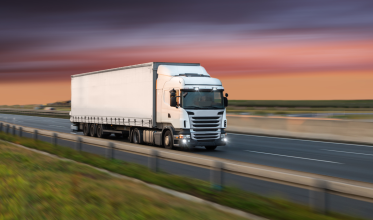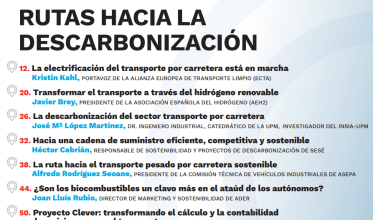Position paper of the European Clean Trucking Alliance: raising the ambition of the van CO2 standards
The current market uptake of zero emission vans is critically low: only 2% of van sales were electric in 2020 (compared to almost 11% for cars), and only six zero emission van models exceeded sales of 1,000 units. The main reason for this is because the current CO2 emission performance standards for vans are not sufficiently ambitious to drive the market towards zero-emission vehicles. The European Clean Trucking Alliance members highlight that the offer of zero emission van models is very limited and that this lack of supply means that acquiring zero emission vans is either very difficult or impossible. Furthermore, proliferation of low and zero-emission zones induces an urgent need for transport operators to find zero emission vans suitable to the needs of the different van users.
The European Clean Trucking Alliance welcomes the European Commission’s proposal for 100% zero emission light duty vehicle sales in 2035 – which has been one of the key asks of our Alliance. It is of the highest importance that co-legislators secure and confirm this target during the co-decision phase. At last, this target will send the right signal for van makers to invest in increasing the supply of zero-emission vans.
However, members of the ECTA regret that the ambition prior to 2035 falls short of what is needed to deliver the necessary volume of electric vans needed to comply with city restrictions (chiefly zero and low emission zones) and to allow us to reduce our emissions and benefit from favourable economics and lower operating costs.
In this respect, the members of the European Clean Trucking Alliance, which represent fleets of more than 380,000 vehicles and employ more than 2,3 million people, urge the co-legislators to increase the ambition of the CO2 emission standards for vans to ensure businesses can source the zero emission vans they need already in the 2020s.
Co-legislators need to increase the ambition of the van CO2 emission targets from 2027 to ensure the companies are able to access mass market zero emission vans which are reliable and affordable.
In the light of the very generous emission starting point (i.e. 2021 baseline) and the flexibility on the mass adjustment of the targets (which weakens the target), the European Council and European Parliament should:
- Increase the 2030 CO2 reduction target from 50% to 60% to guarantee that at least half of new vans sold in 2030 should be zero-emission
- Increase the ambition of the regulation prior to 2030. As van makers can comply with the current 15% reduction target -which applies from 2025 to 2029- by selling low amounts of zero emission vans (single digit market share), it is necessary to set an intermediate target of 45% in 2027.





